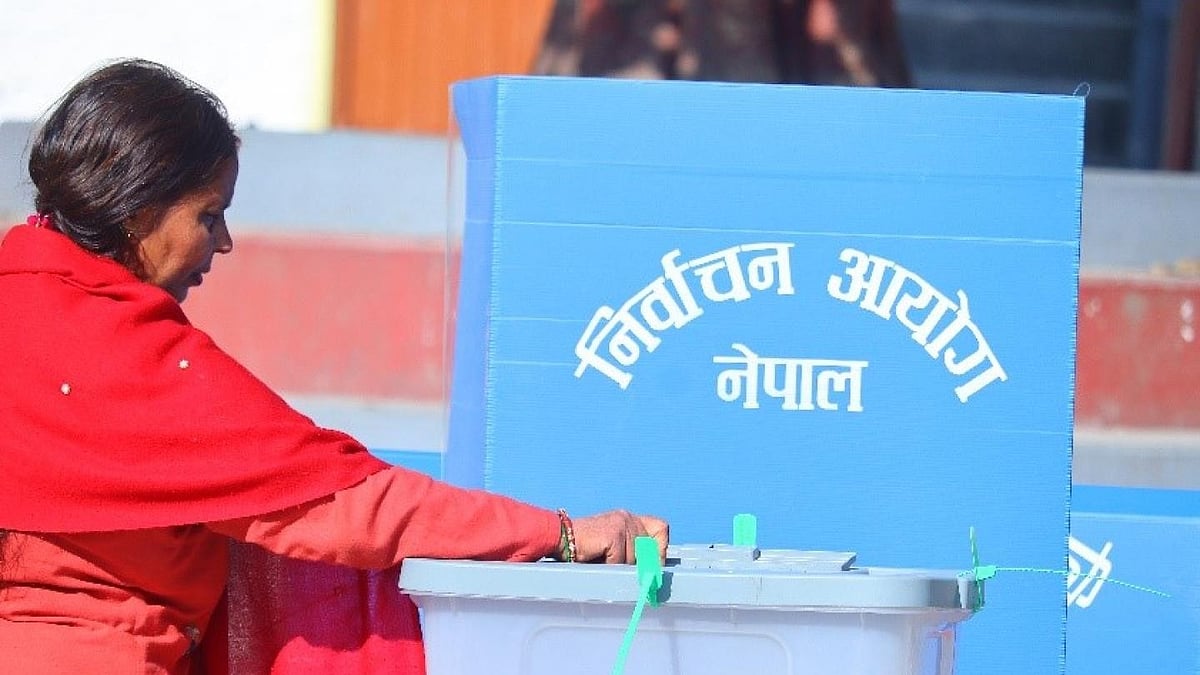In a bold move, the Congress government in Karnataka instituted a policy last week to offer paid menstrual leave to women in formal jobs. This entitles working women between 18 and 52 years old in government and private companies to take one day of menstrual leave every month without a medical certificate. Estimates are that it covers nearly 4 lakh women in the formal sector in the state with some of India’s largest IT, fintech, edutech, and healthcare firms. While the policy leaves out, inexplicably and controversially, millions of women working in the informal sector—often with fewer facilities, such as adequate restrooms, and women doing hard physical labour, such as construction workers—it is a progressive and gender-sensitive step forward. The Siddaramaiah government must extend the policy to cover all working women in all sectors and different kinds of jobs for it to have a comprehensive impact.
The move has reignited the debate about paid menstrual leave being pro-gender or anti-feminist that arose when Kerala, Odisha, and Bihar instituted similar policies and, importantly, when the union government moved the bill for the Right of Women to Menstrual Leave and Free Access to Menstrual Products in 2022 as an extension of Article 21 of the Constitution of India. The bill proposed three days of paid leave. There have been PILs on the subject too. Governments and committees that approached the subject with rational candour have pointed to the need for at least 1-2 days off work on medical grounds; studies have shown that, at a conservative count, nearly half of all menstruating women in India experience painful cramps, and many struggle through painful conditions, such as endometriosis, polycystic ovary syndrome, and adenomyosis, among others. Menstrual leave recognises the natural biological process.
From this perspective, it is a part of an overdue public health step. However, it has quite inexplicably raised the hackles of a few women, especially feminists, who argue that it reinforces the stereotypes of women being “weak” or “unequal to men” at work and may lead to further discrimination or depressed hiring. This, verbalised in the headline “Did women ruin the workplace?” recently by the venerated The New York Times, is a rather limited view of gender equality at the workplace. Gender equality did not ever mean that women should behave and perform exactly as men do at work but that workplaces recognise their unique needs and offer adequate choices. Just because menstrual leave is written into policy does not mean all women employees will use or misuse it. Indeed, generations of women have worked in demanding jobs through painful menstruation, but it does not mean this must continue. Menstrual leave is but one step to make workplaces, including in the informal sector, humane and gender sensitive.










